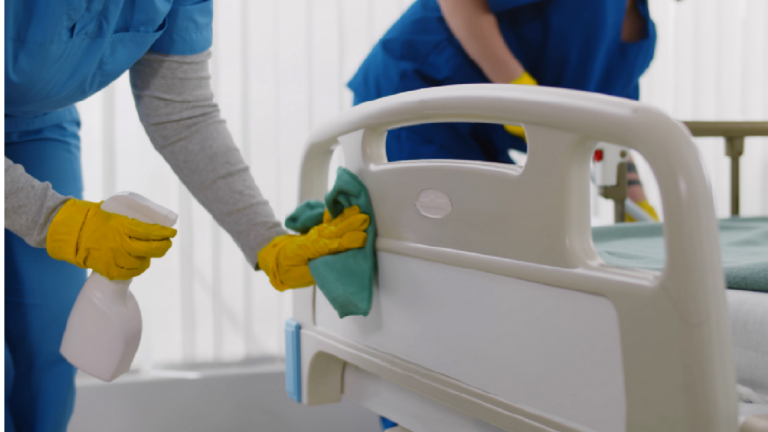
From couriers and medication processing to telesitters and surgical systems, robotics continues to make its way into many hospital settings today. Buoyed by the potential to minimize errors, improve operational inefficiency, and reduce staff workload, this trend is only poised to grow. By one measure, in fact, annual shipments of healthcare robots are forecast to reach more than 10,500 units per year by 2021 – tripling the 3,400 units per year tracked in 2016.
Yet as robotic applications expand, hospital risk managers will likely face new challenges. Let’s examine some of the benefits and risks associated with this fast-moving trend.
Recognizing the benefits
Over the last few decades, robots have advanced to perform a wide range of clinical tasks and care functions, many of which center around helping to reduce industry concerns and pain points. For example, robots are now being used to:
- Reduce errors. Because robots can transcribe and store crucial medical information, they may minimize the possibility of inaccuracies.
- Free up valuable clinician time. By reassigning administrative or repetitive clinical tasks – such as monitoring patient vitals or logging data into the electronic health record – robots enable more time for patient care.
- Accomplish auxiliary tasks. Pharmacy robots, for instance, can scan and verify medications, plus package, store and dispense filled prescriptions.
- Transport goods and services. Autonomous mobile-transport robots can be used to handle many routine, daily hospital needs, including delivering meal orders, cleaning linens, and disposing of waste.
- Eliminate job-related risk. Disinfection robots can help protect nurses and custodial staff from occupational hazards associated with infectious materials or harmful chemicals.
- Assist in surgery. As a tool to aid surgeons in operating room procedures, robots can offer greater precision, control, and faster patient recoveries.
Evaluating the risks
As the possibilities multiply for robotics applications in hospitals, however, there are also concurrent risks that must be carefully monitored. For example:
- Ensuring safety. Fully relying on robots isn’t entirely risk-free, and malfunctions may occur. One study based on 14 years of FDA data about the use of robotic systems for minimally invasive surgeries found a number of technical difficulties and complications arising from robotic device failures. Maintain awareness of both manufacturer advisories and FDA recalls regarding any medical equipment, including robotics.
- Safeguarding privacy. Nursing-care robots establish virtual monitoring of patients, for example, but such surveillance could lead to privacy violations of patients and their families.
- Cybersecurity. The software and hardware of many robots may have software vulnerabilities. Work with information technology and biomedical engineering or plant maintenance locally to help with a mitigation plan.
- Developing training standards. While use of robotic surgical techniques has increased, development of comprehensive training and credentialing has lagged, according to recent research. Resulting in many groups – regulatory and others – to propose higher levels of evidence-based training standards.
- Determining liability. If a robot incorrectly diagnoses a patient, who’s to blame? In these situations, liability could theoretically fall on several different players – including the hospital and the physicians, as well as the manufacturer, programmers, and technicians.
- Changing patient perceptions. There is some evidence of public skepticism of the use of robots in personal health, but patient education can change perceptions of the technology.
The takeaway: hospital operations are complex and involve uncertainty, and in some situations, robots should not be a replacement for, but rather a complement to, human interaction and decision-making.
Considering the impact
The potential for robotics in healthcare is wide-ranging, but the technologies and applications are still evolving. Liberty Mutual Insurance can help your facility or hospital system identify, mitigate, and customize protection against a range of new technology risks. Learn more here.
Related insights
This website is general in nature, and is provided as a courtesy to you. Information is accurate to the best of Liberty Mutual’s knowledge, but companies and individuals should not rely on it to prevent and mitigate all risks as an explanation of coverage or benefits under an insurance policy. Consult your professional advisor regarding your particular facts and circumstance. By citing external authorities or linking to other websites, Liberty Mutual is not endorsing them.



